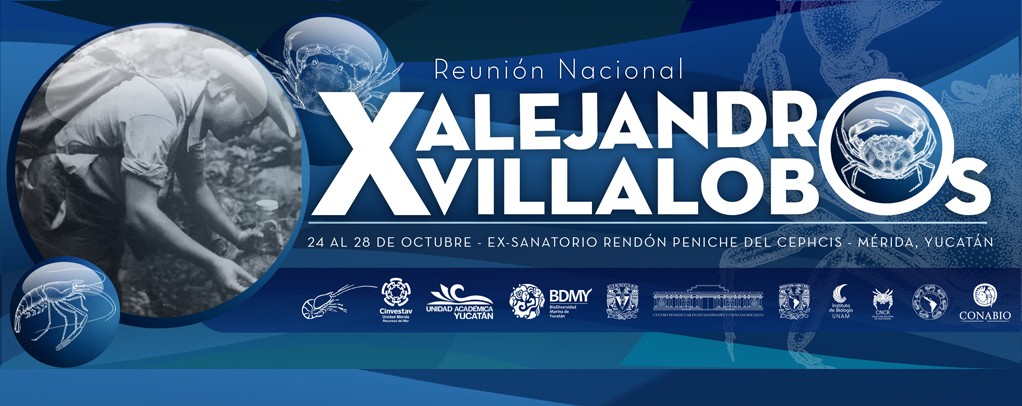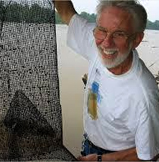
Dr. Raymond Bauer |
Ray received a doctorate in Marine Biology from the Scripps Institution of Oceanography, University of California, with a postdoctoral fellowship at the U.S. National Museum of Natural History (Smithsonian), with five years as Marine Biologist at the University of Puerto Rico, and then on to the University of Louisiana, his academic home for the last 30 years, now as Distinguished Professor Emeritus of Biology. He has authored numerous publications in crustacean and marine science, and is author of the book “Remarkable Shrimps” (2004) and senior editor of “Crustacean Sexual Biology” (1991). He has been awarded The Crustacean Society Excellence in Research Award and Fullbright Distinguished Chair Award. He has taught several courses in Latin America on shrimp biology, and is fluent in Spanish. His principal areas in crustacean biology are the functional morphology and evolution of antifouling (grooming) behavior, reproductive biology and ecology, hermaphroditism, and mating systems of decapod shrimps, as well as the migrations of amphidromous freshwater shrimps. |
|
|
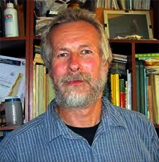
Dr. Martin Thiel |
Martin's main research interests are in the behavioral ecology of marine invertebrates and the functioning of marine communities, with a sweet spot for crustaceans. Together with his students he has investigated the reproductive biology of a variety of free-living and symbiotic crustaceans, and the community dynamics in Chile temperate biotic habitats (mussel and ascidian beds, algal turfs and kelp forests). Martin's is a prolific author, and the active editor of the series "Natural History of Crustacea", and has formed more than 70 biologists at many education levels, some of which are now active and distinguished researchers.
Martin's latest endevour is related to the contribution of citizens to science through the project "Cientificos de la Basura". |
|
|
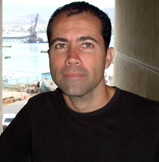
Dr. Antonio Baeza
|
J. Antonio Baeza is an evolutionary ecologist. He tests sex allocation & mating systems theories using invertebrates as model systems. He is also interested in understanding the role of the environment in determining the evolution of social behaviors within a phylogenetic framework. He is an assistant professor at the Department of Biological Sciences, Clemson University. He has published more than 80 papers on the life history, evolutionary ecology and molecular phylogenetics of crustaceans. |
| |
|

Dr. Christopher W. Ashelby
|
Chris specialises in crustaceans and particularly in the taxonomy of caridean shrimps. He has produced several taxonomic papers on shrimps describing new species and genera as well as producing regional synopses and identification guides. Also has a keen interest in non-native species and has published several papers on the topic.
Chris completed a PhD focused on the systematics and taxonomy of the shrimp genus Palaemon. The objective was to investigate the utility of the existing morphological characters used in their identification, to propose new specific and generic level characters and investigate relationships with other genera of the Palaemonidae. Two new species and a new genus were described, multiple colonisations of freshwater habitats by the genus were demonstrated, the paraphyly of the genus was proven and investigations were conducted into the world-wide invader Palaemon macrodactylus and its interactions with native species. A new classification scheme for caridean mandibles was developed based on their ultrastructure and the phylogenetic significance of this was discussed.
|
| |
|
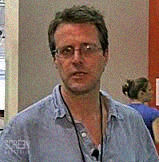
Dr. Sammy De Grave |
Sammy's research is concerned with the systematics of caridean shrimps (Crustacea: Decapoda) in the broadest sense, ranging from alpha-level species taxonomy through to family level systematics, with forays into biogeography, faunistics, comparative morphology, ecology and conservation. Field work plays a prominent role, with recent expeditions in many locales in the Caribbean as well as the Indo-Pacific. As a result the OUMNH caridean collections are one of the largest in the world, offering significant scope for comparative morphology work, with SEM being the tool of choice. His co-authoring of the "Carideorum Catalogus" and the "Classification of living and fossil genera of decapod crustaceans", plus the recent work on the phylogeny of Caridea makes Sammy of one of the most respected active carcinologists today. |
| |
|
|
|
